|
The savory scent of soy sauce and tangy hints of fresh ginger filled the air as I stir-fried chicken into golden decadence. The sizzles and pops of peanut oil were music to my ears. Indeed, the finished product did not disappoint my tastebuds, either.
But to my dismay, I later realized that the delightful peanut oil had splattered onto my shirt, leaving stubborn stains that wouldn't wash out. This would certainly be a meal I wouldn't soon forget. "Okay," I admitted to myself, "I guess aprons exist for a reason." I had an apron lying around that I had handmade when I was 12, but let's just say my taste has changed since then. Picture green awning fabric (it was on sale). I figured it was time for an upgrade. I wanted to design a kitchen apron that was functional, minimal, and feminine. Cue the sketching.
0 Comments
Before I went to Japan, I thought I was a bit of a perfectionist. But during my first summer in Kyoto, when my conversation partner pulled out her agenda to pencil in our next session in minuscule handwriting that only a mouse could read, I realized I had a long way to go.
As I'm studying Japanese traditional and contemporary design at a Japanese university, I'm fortunate to have access to some amazing resources to learn about Japanese aesthetics. For one, my supervising professor is well versed in both traditional Japanese aesthetic theory (I suppose being the son of a professional calligrapher does that to you!) and contemporary product design, having worked as an industrial designer for many years. In addition, our design campus has a wonderful library with volumes in both Japanese and English, so I can read about Japanese design in both languages to get the full picture (although I'll admit it's quite challenging to read about something so ethereal in a second language). I feel so lucky to get to learn about one of my passions, Japanese design, straight from the source. Seeing as I've had the opportunity to get a pretty good understanding of the topic, I thought I would explain some Japanese aesthetic principles in a blog post. For this post, I'm just going to stick to those principles which I find most interesting and have the firmest grasp on. I've organized them into three categories - emptiness, mystery, and the passage of time. Well, I'll get right to it! At the moment I'm in the middle of my second semester of a master's program at a design school in Japan. It feels like I'm living the dream that drove me to decide to learn the excruciatingly difficult language that is Japanese, almost 10 years ago. The more time I spend studying design in Japan, the more I feel that I've found my "design tribe." I keep discovering more designers and more philosophies here that closely embody my own unspoken beliefs about design. My latest interests are in the concept of Super Normal design coined by Naoto Fukasawa and Jasper Morrison, as well as the humble everyday products created by Sori Yanagi, who seems to share a similar approach to design.
I had heard of Super Normal design several years ago in passing, but recently as I've been thinking more about what kind of work I want to do after graduation, I started thinking about it again. I made a trip to our marvelous design campus library, which has a surprising number of volumes in English, and picked up a stack of books that caught my interest. One of the them was a small, picture-heavy book (my favorite kind) written to accompany Fukasawa and Morrison's Super Normal Design exhibition (2006) entitled Super Normal: Sensations of the Ordinary. I read it cover-to-cover in a day, and found that I agreed completely with the designers' belief that objects need not be unnecessarily reinvented just to attract attention or in an attempt at self expression. I was particularly struck by the simple beauty of Morrison's door handle, adapted from a classic coach door handle. It just goes to show that new is not always better, and sometimes all that is needed is a simple adjustment or an update of materials to make a classic design useful for today's lifestyle. You might know that in Japan people always remove their shoes before entering a home or certain other buildings (including primary and secondary schools). But did you know that this one cultural practice had a huge impact on the development (or lack thereof) of furniture design in traditional Japan? To be honest, until very recently I didn't quite understand the obsessive need to remove your shoes every time you enter your house. Yes, in theory it makes sense to keep the house clean. But I think many foreigners in Japan can relate to the frustration of having to unlace and re-lace your shoes every time you forget one thing before heading out (I started using my sneakers as slip-ons...). I didn't really get what the big deal was - why can't you just clean the floor more often?  For the past few weeks I was home for the holidays and had a lot of time to think about what I want to accomplish in 2016. Before I went back home, I had spent the last couple of months diligently preparing for the graduate school entrance exam for the Design Strategy department at Kyushu University (the same uni where I'm a research student now). Just as a bit of background information, the exam is 100% in Japanese and involves writing essays on design, memorizing quite a lot of design terminology I'd never heard of, and a presentation and interview with some of the faculty. As you can guess, I was more than a little nervous about passing. However, I somehow must have convinced them, because just in time before I headed home for the holidays, I found out that I passed! Hi everyone! Long time no see! As I near the end of the “Traditional Japanese Woodworking” phase of my research project, I thought I would summarize my findings so far in case anyone is interested! This first post will be centered on where exactly the Japanese design mindset came from, while future posts will go on to talk about outside influences on Japanese design and characteristics of Japanese furniture design today. Origins of Japanese Style Shinto: Japan’s native religion Japan’s native religion, Shinto, has had a tremendous influence on the country’s design style. Shinto is a polytheistic religion in which people revere and worship nature and all things that proceed from nature. In Shinto, it is said that there exist eight million gods. This number is less literal and more conceptual; basically, there are so many gods that a god must exist in every person, place, or thing. In contrast to other world religions, however, Shinto’s “gods” are not actually thought of as sentient beings. Instead, they are more like shapeless forces or energies that exist in all things, even people. With the religion of Shinto comes a profound focus on the divinity of nature. As a result, the Japanese people have always had an extraordinary respect for natural materials and, by extension, material things. In Shinto, trees are considered especially sacred, and Shinto shrine sites are almost always chosen for their proximity to a very old and large tree. Since trees are considered sacred, it is only natural that Japanese craftsmen would take particular care when fashioning objects out of wood, a material that is invariably acquired from trees many centuries old. In Japan, a particular focus is placed on preserving the natural beauty of wood in any wooden product. Well, it's official! I'll soon be moving to Fukuoka, Japan. After a couple of years of working towards this goal, I was finally successful and had the amazing fortune to receive a research scholarship from the Japanese government. When people ask me why I became interested in Japan and learning the language, my answer is always, "Japanese design." It's kind of a fun story actually...
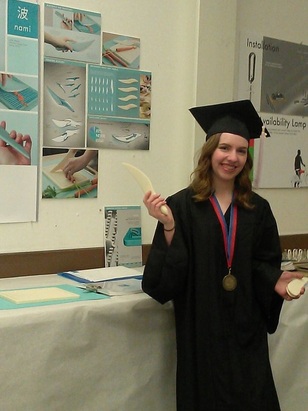 Well, it's been a while since my last update. I finally finished my thesis project on kitchen knife safety and graduated college! (That being said, you'll have to forgive my lackluster vocabulary in this blog post. Living in a foreign country has taken its toll on my writing skills). I've since had quite a change of situation. Two months after graduation, I embarked on my second adventure in Japan! (Curious about my first adventure?) Shortly before graduating, I found an internship opportunity in a small tea farming town in Kyoto Prefecture where I would get to do some real design work at a Japanese company. In the last five months I've been doing a mix of a lot of different things with my time. The internship is largely self-managed, which means I get to basically do whatever work interests me. That includes everything from graphic design, to Japanese-English translation, to photography and beyond. This has been a great opportunity to improve my practical Japanese conversational and business language skills, and it's also been amazing to get to see my designs actually get printed and be put to use. Last but not least, the internship is at a green tea company, which means I've gotten an inside view on an immensely important component of Japanese culture - tea. After an average of five cups of green tea a day, I don't know how I'll ever go back! It's fascinating to start to see all the different aspects of Japanese culture come together. What started as little tidbits of knowledge here and there about language, everyday culture, and design aesthetics are beginning to fit together in the infinite puzzle that is Japan.
I hope to continue my journey of discovery here in the foreseeable future. Anyone who has known me since my middle school days can tell you that I get an inordinate amount of joy out of arranging food artfully before serving it. This pastime may very well have its origins in the little Leslie that spent more time peeling and arranging peas than eating them. To me, design is not something that confines itself to the page, the blueprint, the prototype. Although my formal education has been in industrial design, rather than saying I get joy out of designing solely products, it would be more accurate to state that I get pleasure out of designing the things that make life enjoyable.
|
Archive
September 2018
TOPICs
All
|


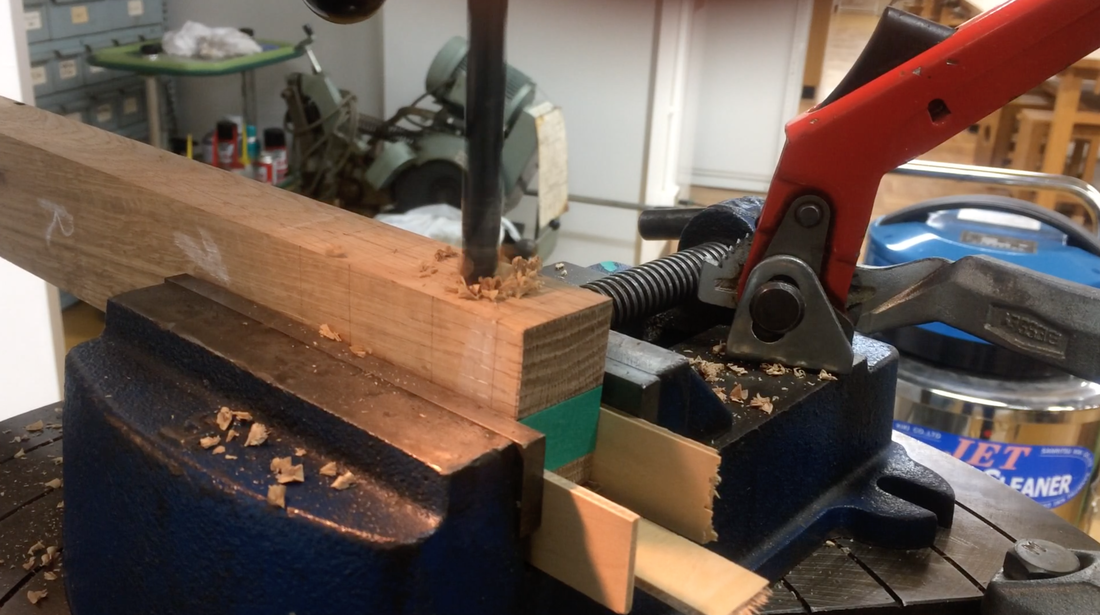


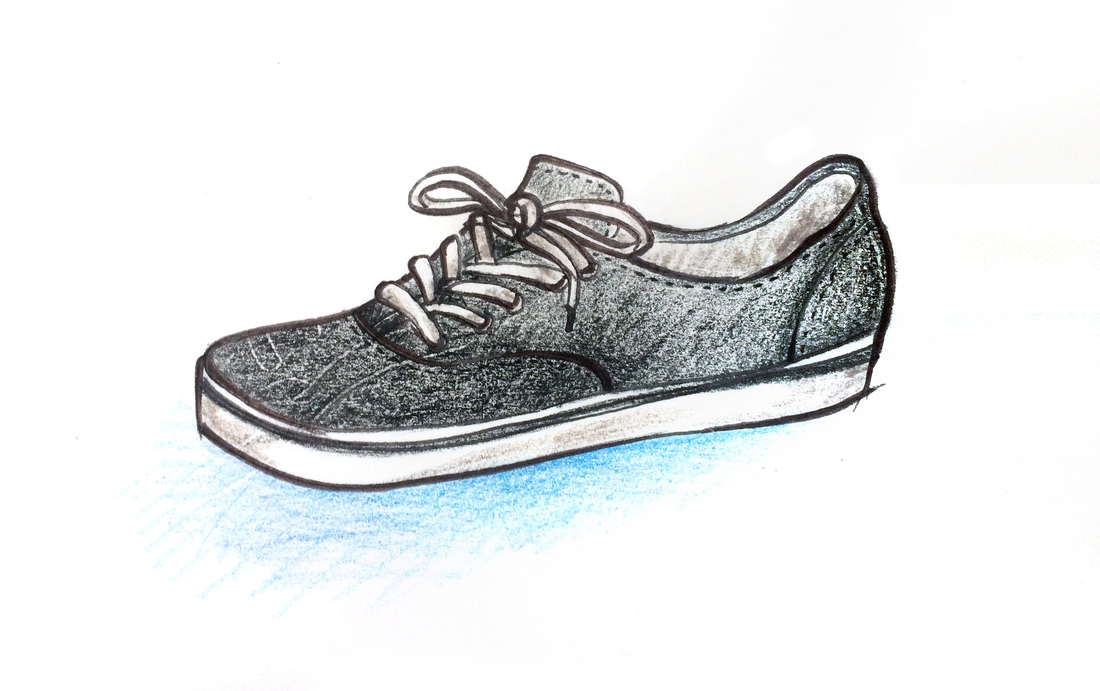

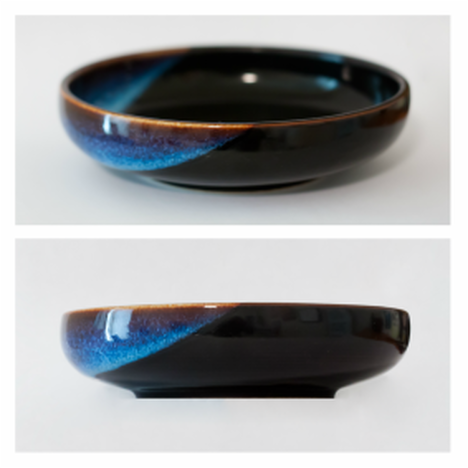
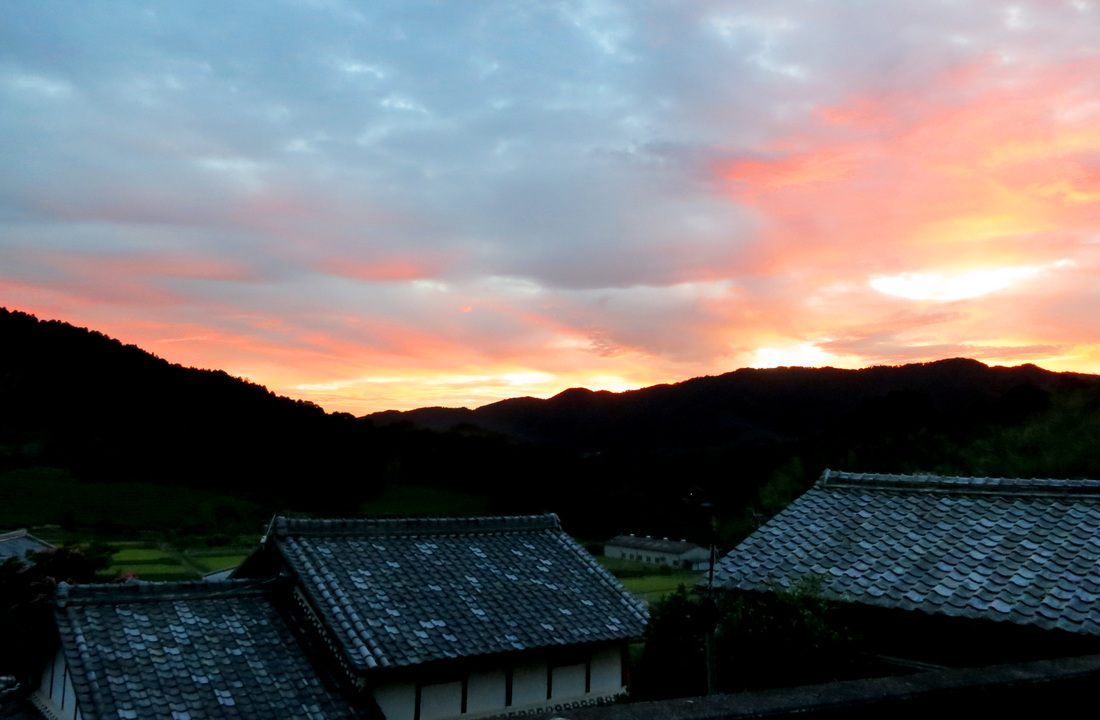


 RSS Feed
RSS Feed
